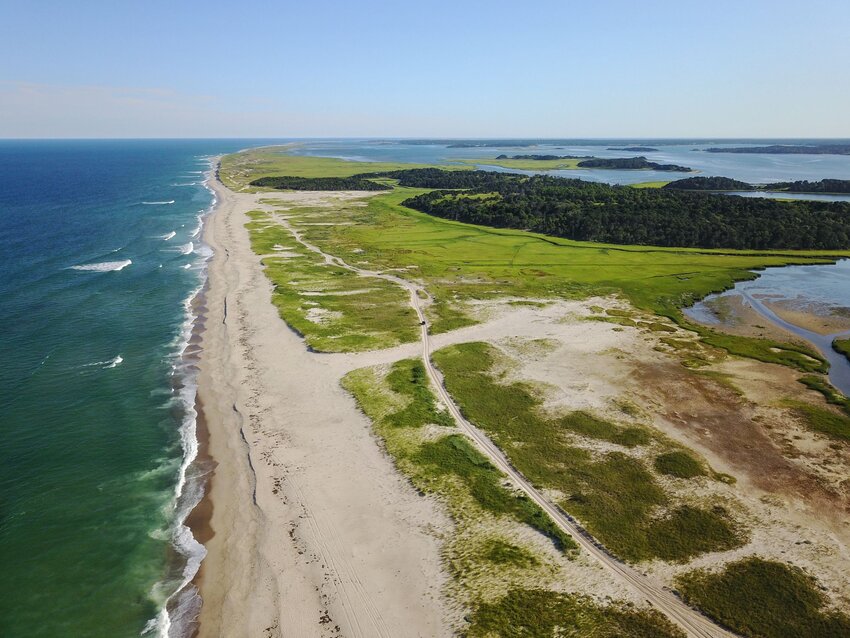Cape Cod draws millions of visitors every year with its wide sandy beaches, antique lighthouses, and Kennedy mystique. But with only two main roads (Routes 6 and 6A) running the entire length of the peninsula, you might spend most of your vacation sitting in traffic.
Thanks to President John F. Kennedy, who created the 44-thousand-acre Cape Cod National Seashore, the Cape remains largely untouched by development. You don’t have to worry about high-rise condos blocking your view, but during the high season (June-September) you might have to walk a mile through a sea of beach umbrellas to find a place to spread your towel.
The good news is you can still find adventure and serenity in the outer reaches of the Cape, even during peak tourist season. Venture beyond the historic inns and kitschy clam shacks along Route 6, and discover secluded beaches, rare wildlife, and mysterious ruins.
The Province Lands Dunes
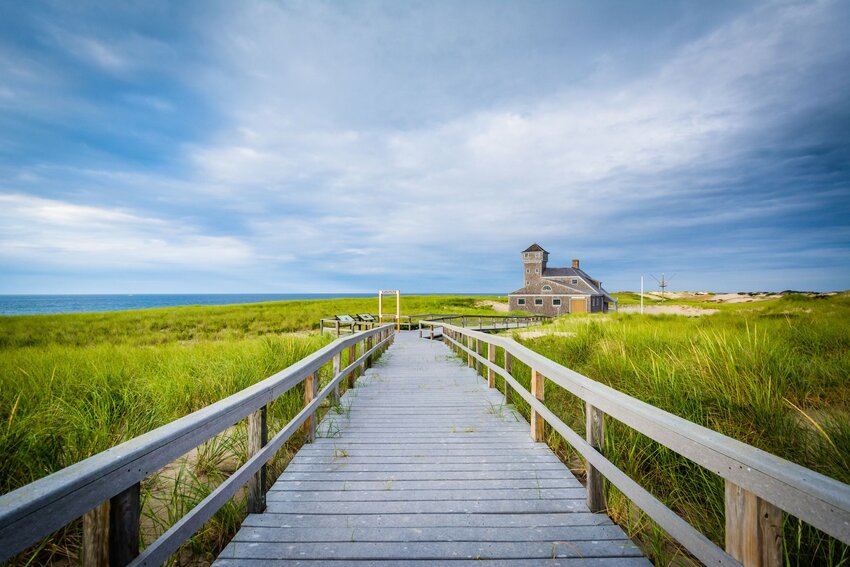
Just off Route 6 near Provincetown, the pitch pine forest gives way to a landscape that better resembles an alien desert planet than the Kennedys’ summer playground. Scramble to the top of the first sand dune and you can see the shape-shifting sand formations stretching all the way to the Atlantic. This desolate terrain is the result of clearcutting by early settler-colonists. You’ll notice where conservationists have planted plugs of beach grass and other native shrubs in an effort to stabilize the dunes and prevent them from migrating across nearby roads and towns. Explore the dunes on foot, the Province Lands Bike Trail, or via off-road truck with Art’s Dune Tours — and don’t forget some water and sunscreen.
The Dune Shacks
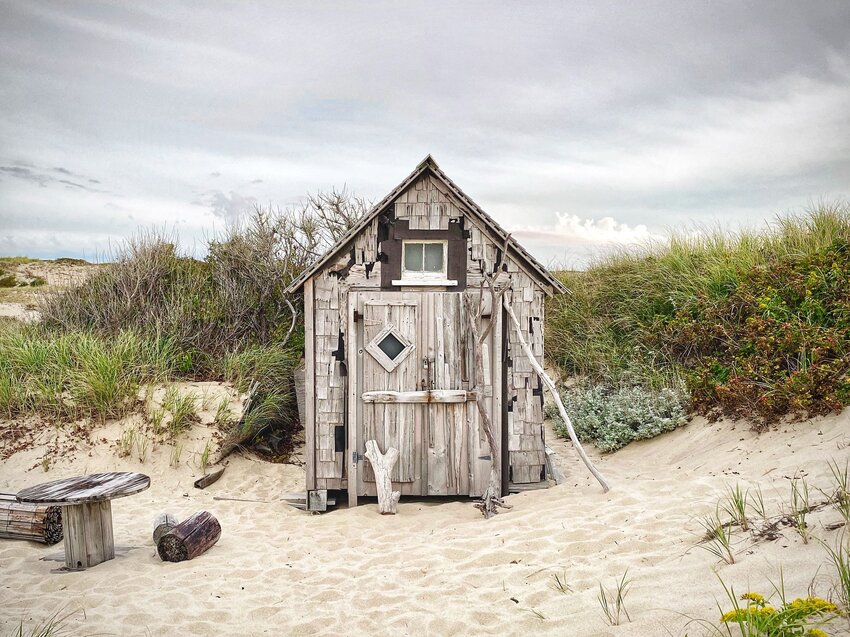
Contrary to popular belief, the 19 weathered shacks that cling to the sand today are not the same primitive structures that were built to shelter shipwreck survivors in the 1800s. Those shacks have long since washed away. The current shacks sprung up in the early 20th century to house a growing arts colony. Generations of writers and artists, such as Eugene O’Neill and Jackson Pollock, have retreated to the shacks in search of solitude and inspiration. You can see the shacks from the Dune Shacks Trail and Art’s Dune Tours, but please speak softly and keep a respectful distance so as not to disturb the artists at work.
Shark Henge
Just a short detour from the Dune Shacks you’ll find all that remains of the Peaked Hills Life-Saving Station: a few crumbling walls, half-hidden behind mounds of beach heather and bayberry. Built in 1915, this bleak outpost was manned by crews trained to rescue shipwreck survivors along what was then among the most treacherous maritime passages in North America. In 1958, a fire devoured the structure in an inferno that could be seen from as far away as Plymouth. Today, the cement slabs host a rotating “exhibit” of graffiti art, including the life-size shark mural which gave the ruin its nickname.
Great Island Trail
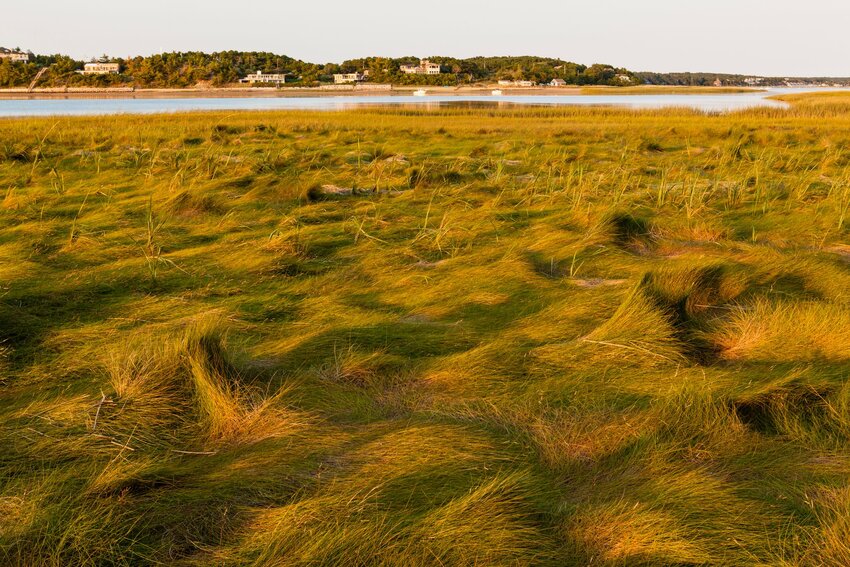
Experience the full diversity of Cape Cod’s ecosystems all in one day by hiking the Great Island Trail in Wellfleet. The eight-mile loop takes you through pitch pine forest, across barren sand plains and grass-covered dunes, skirting the edges of salt bogs and empty beaches with arresting views at every turn. From the top of Great Beach Hill (actually a 75-foot-tall sand dune), you can see all the way to Long Point Lighthouse at the extreme tip of the Cape. At low tide, walk across the undulating sand flats to the tip of Jeremy’s Point, a great spot for finding seashells.
Bound Brook Island Beach

Bound Brook Island Beach is about as far from the crowds as you can get. The Cape’s best hidden beach is over a mile down a narrow, bumpy dirt road. Leave your car or bike in the small parking lot and continue on foot, winding your way through dunes covered in blowing beach grass. As you crest the final dune, you can see forever — or at least from Plymouth to Provincetown. It’s worth lugging a picnic basket to spend a romantic afternoon or an evening watching the sunset over Cape Cod Bay.
Longnook Beach
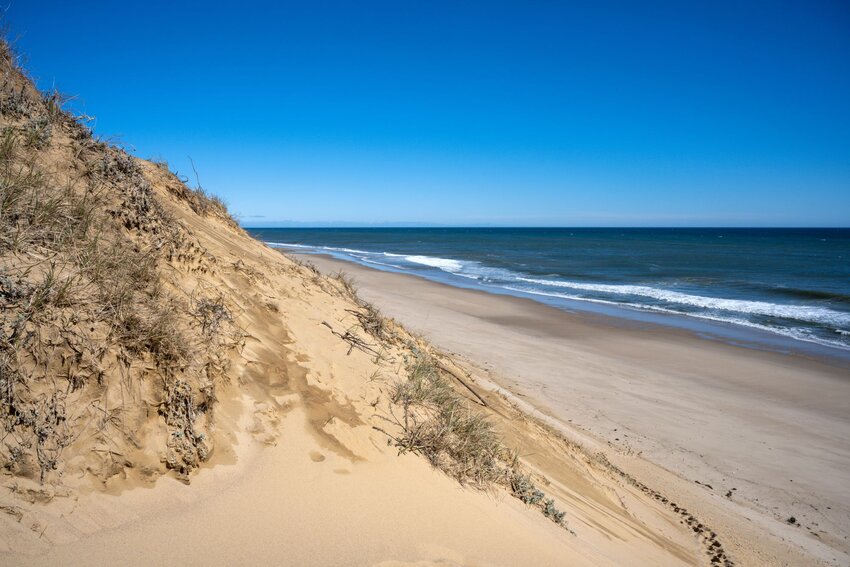
If you want to be alone with the sound of the pounding of the surf and shrieking gulls, head to Longnook Beach on the Atlantic. No signs on Route 6 mark the turnoff, but from the small parking lot, follow a narrow path straight down the side of an enormous sand dune. The dunes provide a dramatic backdrop to a long, shimmering strip of beach. Because of its isolation, Longnook is a favorite of nude beachgoers. If you want to join them — or avoid them — they usually congregate about a mile south of the entrance.
Monomoy National Wildlife Refuge
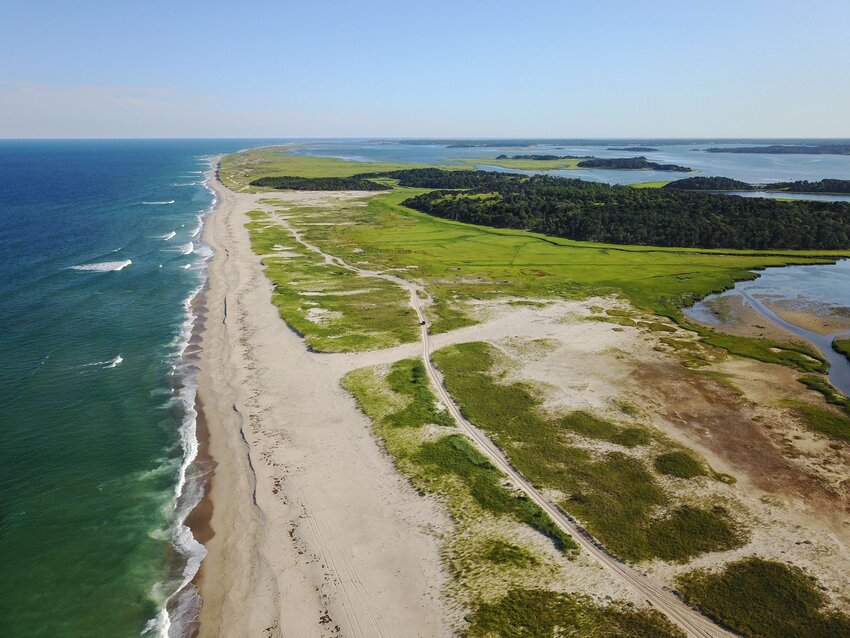
The Galapagos of Cape Cod, the Monomoy National Wildlife Refuge includes three barrier islands, which provide critical habitat for wildlife like osprey, horseshoe crabs, and gray seals. The two southern islands are accessible only by boat. Your skipper will take you into hidden lagoons, where seals lay out by the hundreds, and point out the nesting sites of rare birds like roseate terns, piping plovers, and greater yellow legs. Book a cruise with family-owned Monomoy Island Ferry or Monomoy Island Excursions.

